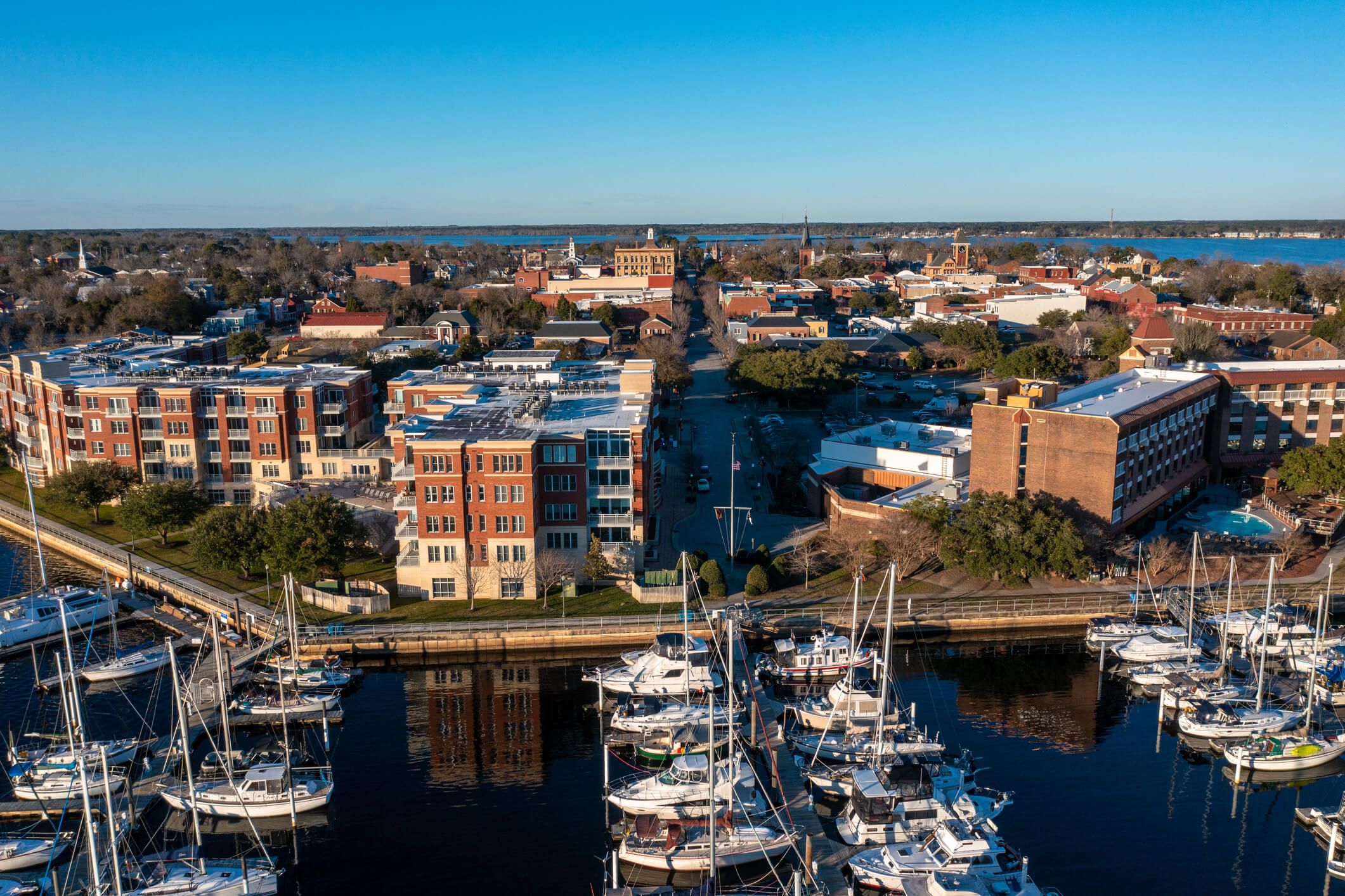Request Property Marketing Plan
You're one step away from getting a free marketing plan that shows how we'll sell your home for the most amount of money in the least amount of time - hassle free.
Blog post not found!
You're one step away from getting a free marketing plan that shows how we'll sell your home for the most amount of money in the least amount of time - hassle free.
Don't worry! It happens. Please enter the email address associated with your account.
Search and view Exclusive Property Listings.
We'll never post to your social networks
Create an account to save properties, receive alerts about new listings, view comparables, and obtain monthly market reports.
Your profile is almost complete! Just a few more details from you.
We've missed you! Please enter your details.





Please check the spelling, try clearing the search box, or try reformatting to match these examples:
Address: '123 Main St, Anytown'
Neighborhood: 'Downtown'
Zip: '98115'
City: 'Anytown' or 'Anytown, State/Province'
MLS number: 'MLS# 38065544'
